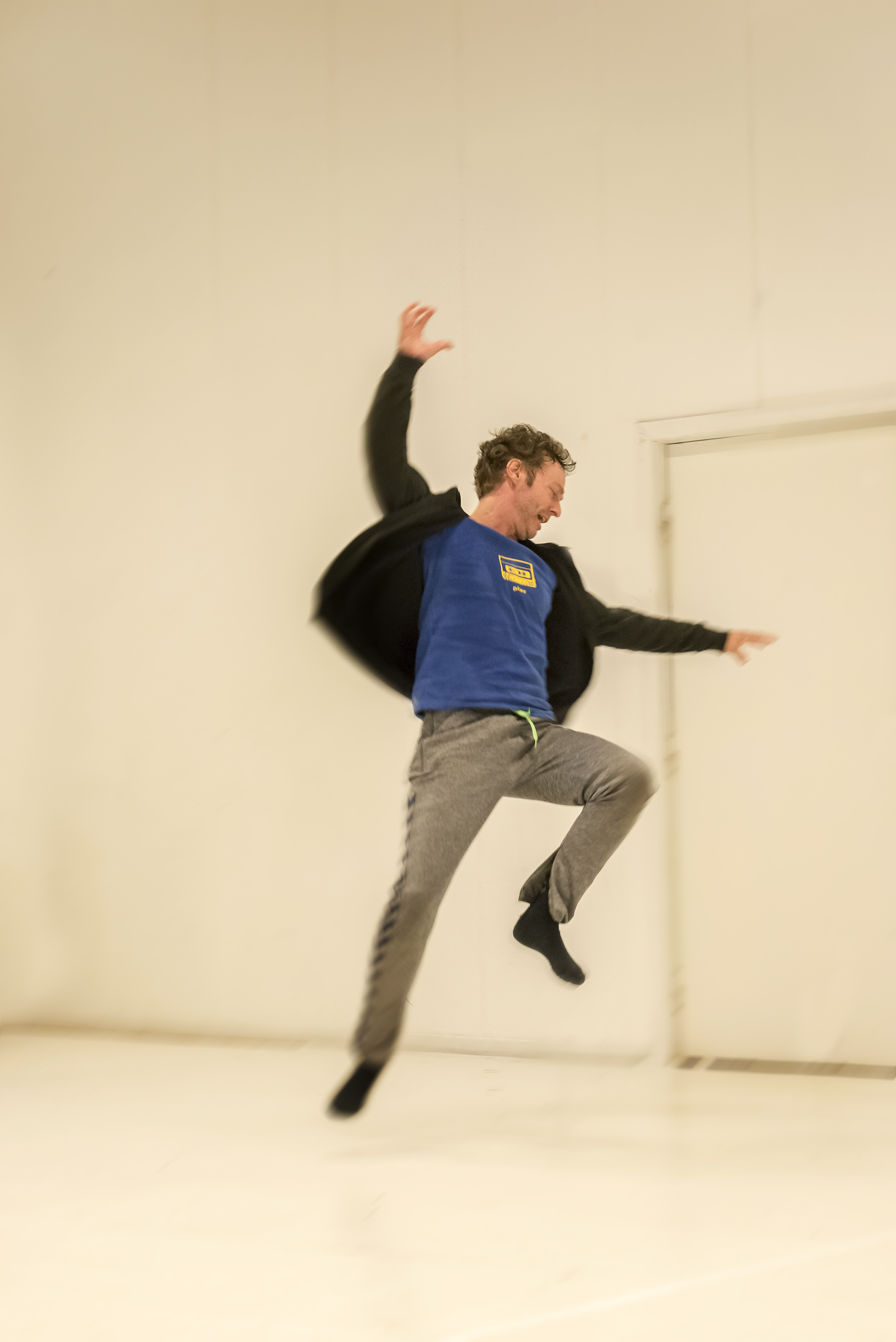PHYSICAL TRAINING
The artistic directors of The Experimental Station, Lotte Faarup and Øyvind Kirchhoff are responsible for a main experiment in the current season 14/15 “Physical Training”, where they ask the question:
What does it take to give the performer’s physical training an artistic dimension?
This question was the starting point for three weeks of experimental work at The Experimental Station in August/September ’14. They will attempt to answer the question in a report. They are organizing a number of additional events this season to shed light on the topic and to share their knowledge about the experiment’s reflections and conclusions.
They write:
“Here’s a first little insight from the report on the direction our research is taking:
To frame our research question: What does it take to give the performer’s physical training an artistic dimension? we need to start by understanding the context in which we are talking about training.
In his 1979 book “The Floating Islands”, Eugenio Barba answers the question of the relationship between training, rehearsal and performance: “Training is not the same as rehearsal, because rehearsal is linked to the result, whereas training is not.”
From the beginning, Barba and Odin Teatret understand training as a whole and independent entity that is about the ability to work and not about learning a specific profession or role.
In contrast, training in many traditional theatrical contexts is often perceived as something to improve our abilities so that we can perform better and reach a specific goal. With this in mind, training is measured in quantity and not quality, as Odin Teatret understands it.
Here we need to tentatively divide these two conceptions of training into Training and Exercise/Test and associate them with several synonyms to further understand their nature and their interrelationship:
Training: Personal motivation to work, building artistic identity, condition, quality.
Practice/Test: Technique, skill theory, artistry, measurability, focus on outcome.
This division inspires us to follow two tracks in our experiments:
One that examines what the Odin Theater’s basic perception of training is conditioned by the performer’s attitude, the group’s attitude, the physical setting in which the training is carried out and examples of types of training that are suitable for this work.
And one that, contrary to Barba’s view, tries to integrate the former training values (especially in relation to personal motivation and qualitative state) into the learning of physical technical exercises.”



